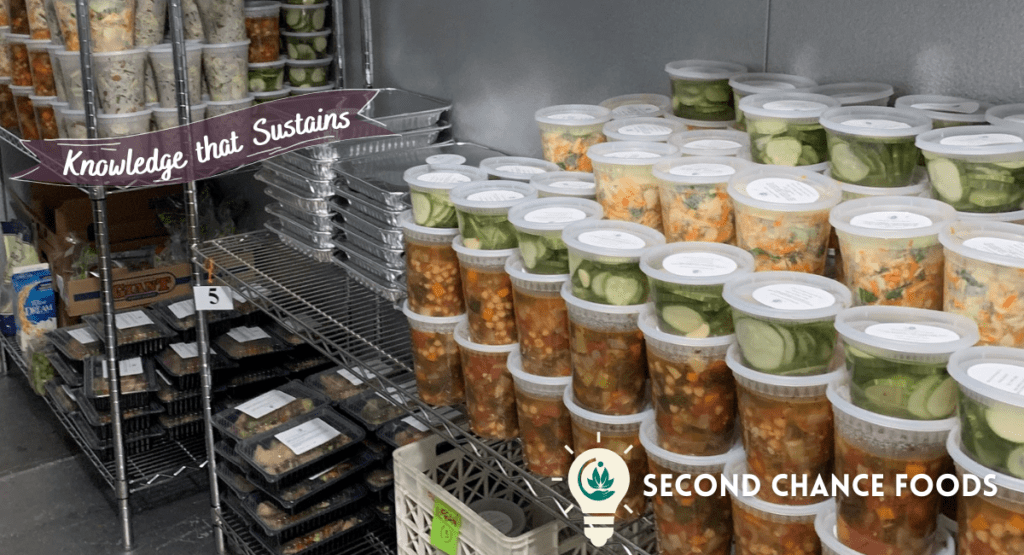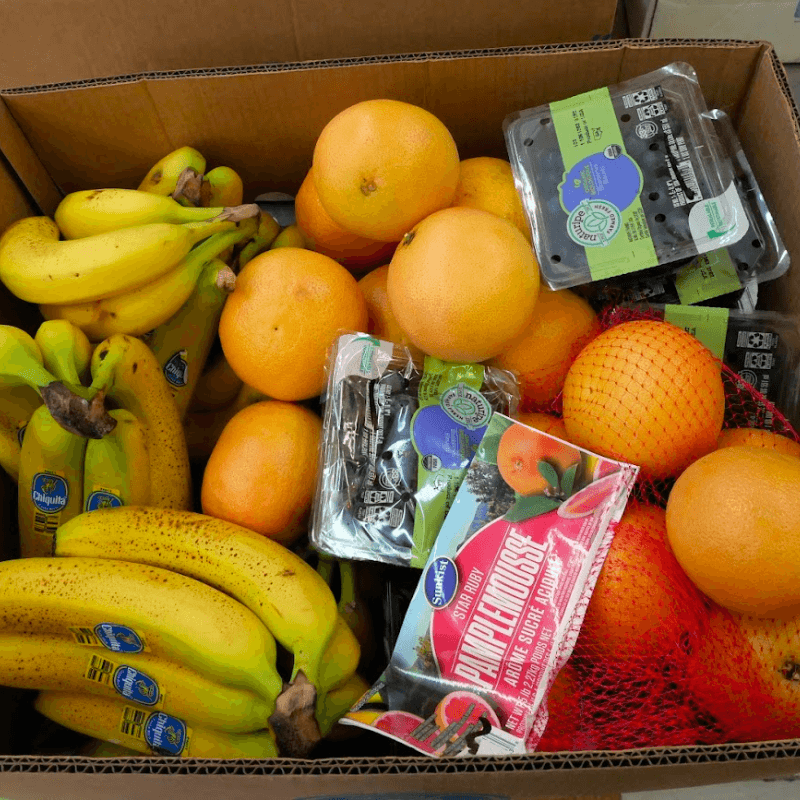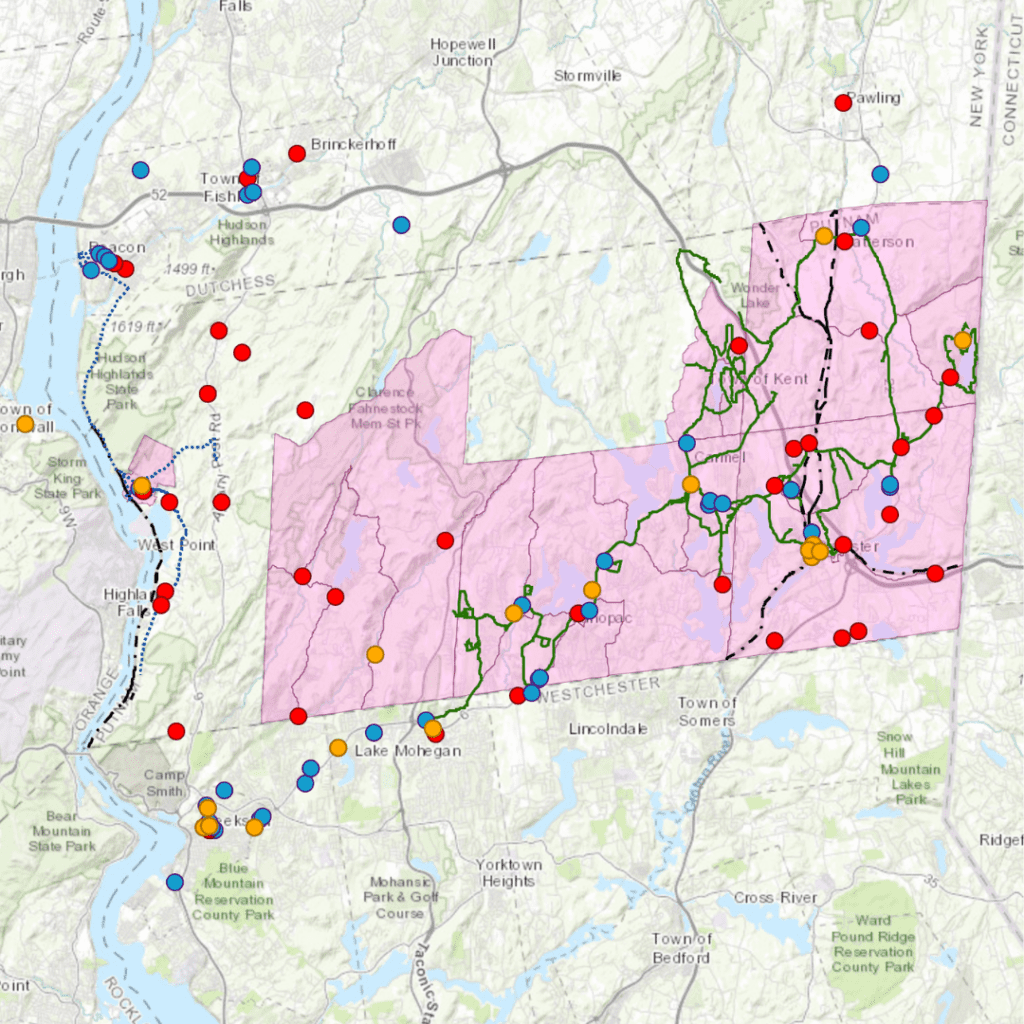
7 Myths About Hunger
What does hunger look like?
Join us in Food Justice!
Many myths exist about hunger, food assistance programs, and the people who use these services. Second Chance Foods believes everyone should have access to nourishing food – to feed the body and soul. Learn more about common misconceptions surrounding hunger and help us grow equity, raise awareness, and nourish more of our neighbors in need.
#1 - I don’t know anyone who is food insecure
Hunger is hidden – just because your neighbor, friend, relative, or someone you see on the street can drive a nice car or “looks” like they are financially stable doesn’t mean they are. According to the Urban Institute, 17.2% of fully employed individuals reported experiencing food insecurity in 2022 (Fortune). People who work still go through stages of instability – sometimes an unexpected medical bill, job loss, new family member, change in marital status, and many other unpredictable situations can lead to a temporary or long-term need for assistance.
Second Chance Foods is continually working to make it easier for people to receive nourishing groceries and meals. That means not asking questions, passing judgment, and checking assumptions about who “needs” what based on appearances.
#2 - Food Stamps and Food Pantries provide more than enough food for people
What is “enough”? Food pantries are considered “emergency food sources” and generally only provide enough food for about three days. This means people may visit multiple resources if they can or rely on a mix of SNAP benefits, Food Pantries, and additional programs to get through the week.
What makes a meal? You may have heard Food Banks and similar organizations report their services using “number of meals” and imagined a family sitting at the dinner table with full plates of food. However, it’s meaningful to note, in this case, that meals are a calculation based on 1.5 pounds of food, which doesn’t always equal a meal. There is no doubt these organizations serve *many* in need *a lot* of food and are vital services. But they are still partial support.
Food stamps and government assistance programs are also supplemental and do not provide enough to feed an individual or family for a month. The average SNAP benefit for each household member per month is only about $196. So, even if someone qualifies and can utilize multiple relief options (government aid and food pantries have geographic and sometimes economic restrictions), they still may not have enough to eat.
Second Chance Foods partners with multiple food pantries to help increase the overall food that participants receive – and help increase the fresh, nourishing options. We supply: Fresh Groceries that provide flexibility in eating – and are often the only fresh food that pantries can provide because of limited resources and cold storage. Nourishing Meals that are ready-to-eat and make it easy to eat healthy. Together, our meals and groceries provide balance and increase access to fresh fruits, vegetables, dairy, grains, and more.

#3 - Overweight people can't be food insecure
Size does not indicate whether someone is getting adequate nutrition or sufficient calories. Multiple factors, including underlying health conditions, medications, and many things unrelated and related to diet can cause weight gain and loss. Low-income populations often lack access to healthy foods due to food deserts, transportation, or cost. These barriers lead them to consume foods with lower nutritional values, like some processed foods, and have less variety in their diets overall because of what is available and affordable.
An additional myth is that people on food stamps or who visit food pantries don’t *want* fruits and vegetables – but this also isn’t true. We’re so happy to hear from our hunger relief partners how much people enjoy and want fresh options! Second Chance Foods works to make healthy foods approachable and easy to eat. Increasing accessibility was a core reason our meal program started – to make it easy for people to eat a *lot* of carrots. But, our grocery program also connects fresh options to recipients to respect their preferences for making their own food and have autonomy over their diets.
#4 - Unemployment is low and there are so many jobs available - why don’t people just get a job so they can afford food?
It might sound contradictory to hear that both unemployment is on the decline and food insecurity is rising. However, there is more to the picture than two statistics. Did you know a single person working full time on minimum wage in Putnam & Dutchess counties only makes $29,536 a year? But even that amount is too high to receive SNAP benefits, and according to the United Way of Westchester and Putnam, that salary is $14,336 less than the base minimum for survival in Putnam. This discrepancy is why so many working adults still need assistance.
Second Chance Foods fills the gap in assistance through our Community Supported Nutrition boxes. These weekly packages of food have fresh grocers and nourishing meals and make it easy for anyone needing assistance to receive support. No means testing is required, so recipients don’t have to fill out lengthy paperwork, prove income, or anything else.

#5 - Hunger is only found in large cities or areas with large unhoused populations
Transportation is one of the largest barriers to food access. “Adequate transportation is a social determinant of health, a condition in the built or natural environment that affects a wide range of health outcomes and quality of life. Without reliable transportation, people find it hard to access jobs, food, and medical care” (CCEP). This map from Cornell Cooperative Extension shows how inaccessible Emergency Food Providers, SNAP acceptance, and general access are in Putnam County.
Our CSN boxes reach more people thanks to volunteers who deliver them to community members with transportation or mobility barriers. Second Chance Foods also serves as a “last mile distribution hub” in our rural community with extensive facilities and cold storage; we collect food from donors when available and donate it to our hunger relief partners at the correct time for their distributions.
#6 - Food waste isn’t connected to hunger
We know there is plenty of food available. “Just a 15 percent reduction in losses in the US food supply would save enough food to feed 25 million Americans annually” (NRDC). And don’t forget that reducing food waste is the third most impactful way to reduce global warming. “Reducing and preventing food waste can increase food security, foster productivity and economic efficiency, promote resource and energy conservation, and address climate change, which in turn, could also decrease climate change-related shocks to the supply chain” (USDA).
That’s why Second Chance Foods puts recovering, nutrient-dense foods at the center of our work. Fresh fruits, vegetables, healthy proteins, and diverse varieties of meals actively reduce the amount of wasted food and provide healthy options for diverse diets. Through August this year, we have connected 205,158 pounds of groceries that would have gone to waste with people needing food assistance.

#7 - The problem is too big - I can’t do anything to change it
We know you don’t believe that one because you’re reading this! As a supporter of Second Chance Foods, you already help bring dignity to hunger relief. Whether you’re a volunteer, a donor, are one of our community partners, follow us on social media, or just signed up to receive our emails, you’re creating meaningful change in our community. If you want to do more, we hope you’ll join us in food justice with a gift this holiday season or sign up for a new volunteer shift.